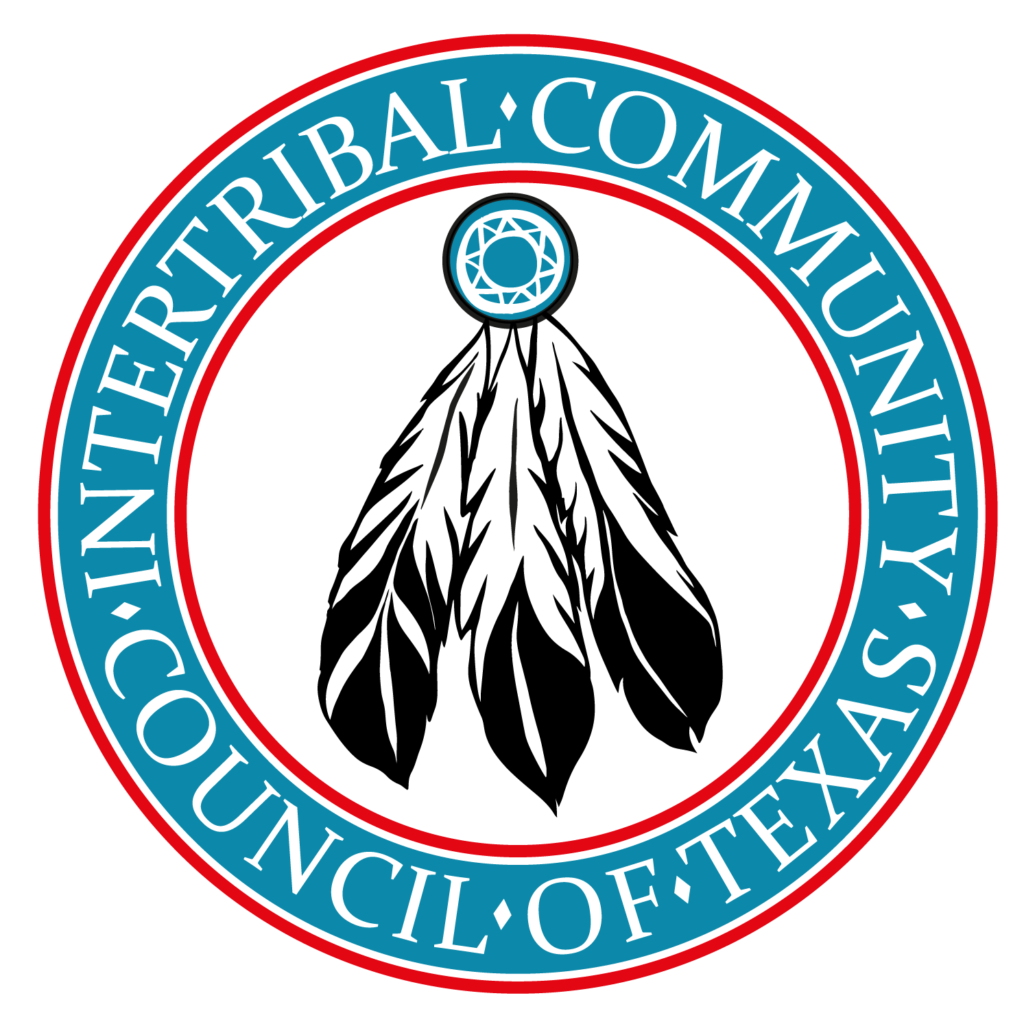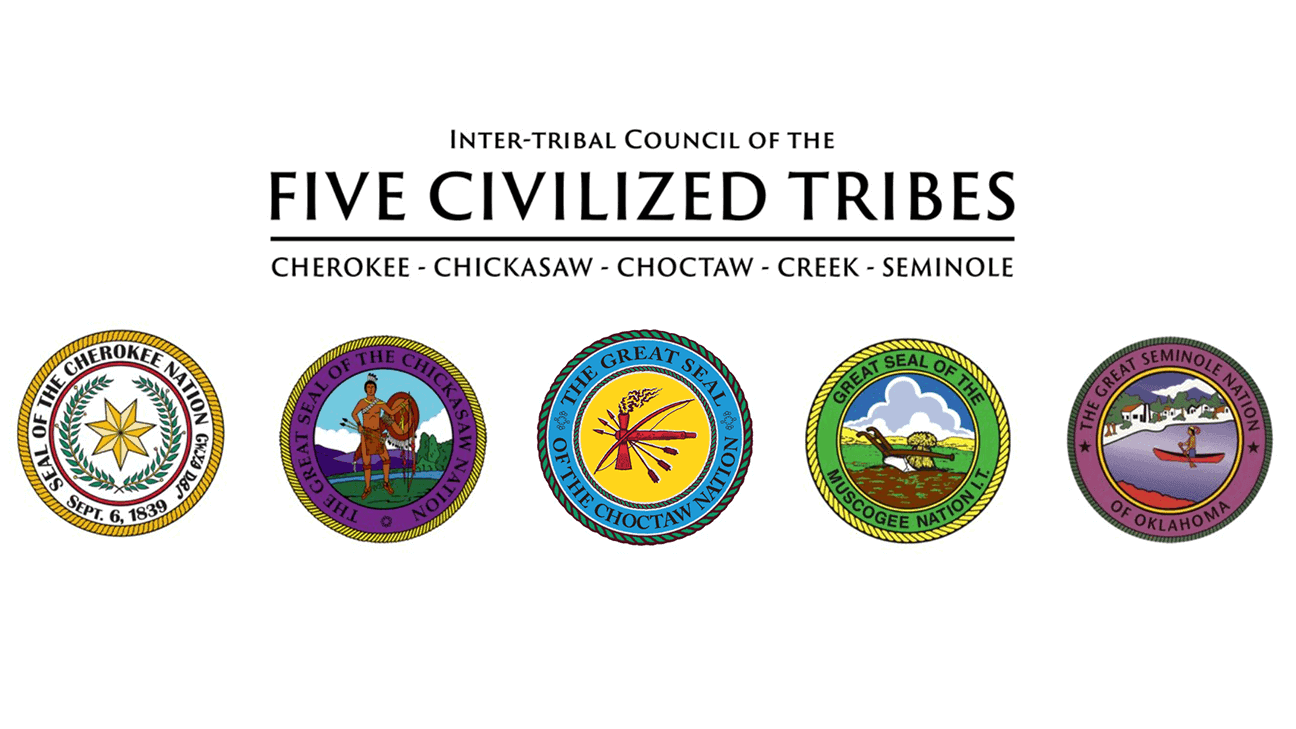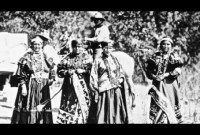
Echoes of Unity: The Enduring Power of Intertribal Councils and Organizations
In the intricate tapestry of North America, where hundreds of distinct Indigenous nations have woven their unique cultures, languages, and traditions for millennia, a powerful thread of unity often goes unnoticed by the mainstream: the enduring legacy and contemporary vitality of intertribal councils and organizations. These vital entities, born out of necessity, resilience, and a shared vision for self-determination, serve as the collective voice and coordinated force for Indigenous peoples across the continent, navigating complex political landscapes, preserving ancient wisdom, and fostering a future rooted in sovereignty and cultural pride.
From the ancient confederacies that governed vast territories long before European contact to the modern advocacy groups lobbying on Capitol Hill, intertribal organizations represent a powerful assertion of Indigenous agency. They are not merely bureaucratic structures; they are living embodiments of communal strength, bridging the diversity of tribal nations to address common challenges, share resources, and collectively advance their inherent rights. Their story is one of resistance, adaptation, and an unwavering commitment to the well-being of future generations.

A History Forged in Unity and Resilience
The concept of intertribal cooperation is as old as the Indigenous nations themselves. Long before the arrival of European settlers, complex alliances and confederacies flourished, such as the Haudenosaunee (Iroquois) Confederacy, which united distinct nations under a common governance structure, establishing principles of democracy and diplomacy that would later influence the founding fathers of the United States. These ancient councils facilitated trade, resolved disputes, and provided mutual defense, demonstrating the inherent strength found in collective action.
However, the advent of colonization brought unprecedented challenges: land dispossession, forced assimilation policies, disease, and the imposition of foreign governance systems. In the face of existential threats, the need for intertribal unity became even more acute. Early attempts at pan-Indian movements, though often suppressed, laid the groundwork for future organizations. The early 20th century saw the emergence of groups like the Society of American Indians (founded 1911), composed of educated Indigenous professionals who sought to address issues of citizenship, education, and land rights through mainstream political channels.
The mid-20th century marked a turning point. As federal policies shifted from termination (ending the federal recognition of tribes) to self-determination, Indigenous leaders recognized the urgent need for a unified political voice. This era gave birth to some of the most influential intertribal organizations, designed to represent tribal governments and advocate for their collective interests at the national level.
Pillars of Advocacy and Cultural Preservation
At their core, intertribal councils and organizations serve multifaceted roles, acting as advocates, cultural custodians, economic drivers, and social service providers. Their mandates often encompass a broad spectrum of issues critical to Indigenous communities:
-

Political Advocacy and Sovereignty: This is arguably their most visible function. Organizations like the National Congress of American Indians (NCAI), founded in 1944, stand as the oldest and largest organization representing tribal governments and citizens. NCAI works to protect and advance tribal sovereignty, treaty rights, and self-determination through lobbying, policy analysis, and legal action. They are a constant presence in Washington D.C., ensuring that Indigenous perspectives are heard in legislative debates. As Fawn Sharp, former President of NCAI, once articulated, "Our strength lies in our unity, our diversity, and our unwavering commitment to our peoples and lands."
-
Cultural and Linguistic Revitalization: Many organizations are dedicated to preserving and revitalizing Indigenous languages, ceremonies, and traditional knowledge, which were severely suppressed during assimilation eras. They host cultural events, develop language immersion programs, and support traditional arts. The Association of Tribal Archives, Libraries, and Museums (ATALM), for instance, helps tribal communities preserve their heritage through professional development and networking.
-
Economic Development: Intertribal economic development councils foster sustainable growth within Indigenous communities, promoting tribal enterprises, job creation, and economic diversification. They help tribes navigate federal regulations, secure funding, and build partnerships that honor tribal sovereignty while contributing to regional economies.
-
Health and Social Services: Addressing the disparities in healthcare, mental health, and social welfare within Indigenous populations is a critical area. Organizations advocate for improved funding for tribal health services, promote traditional healing practices, and address issues like substance abuse, suicide prevention, and child welfare. The National Indian Health Board (NIHB) works to improve health conditions for American Indians and Alaska Natives.
-
Environmental Protection and Land Rights: With deep spiritual connections to the land, Indigenous organizations are at the forefront of environmental justice movements. They advocate for the protection of sacred sites, clean water, and sustainable resource management, often leading the charge against pipelines and industrial projects that threaten ancestral lands. The Native American Rights Fund (NARF), a non-profit legal organization, has been instrumental in numerous landmark cases defending tribal sovereignty, land, and water rights since 1970.
Prominent Examples and Their Impact
Beyond NCAI and NARF, numerous other organizations illustrate the breadth and depth of intertribal cooperation:
-
The American Indian Movement (AIM): Founded in 1968, AIM brought a more confrontational and direct action approach to Indigenous rights advocacy. While controversial to some, AIM galvanized a generation, drawing international attention to issues of police brutality, treaty violations, and systemic injustice through actions like the occupation of Alcatraz Island (1969-1971) and the standoff at Wounded Knee (1973). Their activism significantly raised awareness and spurred legislative changes.
-
Tribal Colleges and Universities (TCUs): Though individual institutions, the broader movement of TCUs represents an intertribal effort to provide culturally relevant higher education. Supported by organizations like the American Indian Higher Education Consortium (AIHEC), TCUs empower Indigenous students, preserve Indigenous languages, and conduct research that benefits tribal communities. There are now over 30 TCUs across the United States, serving diverse tribal nations.
-
National Native American Boarding School Healing Coalition (NABS): This relatively new organization exemplifies the focus on healing historical trauma. It is an intertribal effort to gather documentation, advocate for truth and reconciliation, and support survivors of the Indian boarding school system, a dark chapter in U.S. history where Indigenous children were forcibly removed from their families and cultures.
-
Regional and Issue-Specific Organizations: Beyond national bodies, countless regional and issue-specific intertribal groups thrive. From the United South and Eastern Tribes (USET) representing 33 tribal nations in the Eastern U.S. to the Affiliated Tribes of Northwest Indians (ATNI), these organizations address localized concerns while contributing to the broader national movement. There are also specific groups for Indigenous women, youth, veterans, and professionals in various fields, creating networks of support and advocacy.
Navigating Challenges and Embracing the Future
Despite their profound impact, intertribal organizations face significant challenges. Funding remains a constant struggle, often relying on grants, donations, and limited tribal contributions. Political divisions can arise due to the immense diversity among the 574+ federally recognized tribes in the U.S. alone, each with unique histories, languages, and priorities. Balancing the distinct needs of hundreds of nations while presenting a unified front requires constant diplomacy and compromise. External opposition, often fueled by racism or economic interests, also poses persistent hurdles.
Yet, the spirit of unity endures. Intertribal gatherings, such as powwows, spiritual ceremonies, and conferences, continue to fortify bonds between nations, providing spaces for cultural exchange, healing, and collective planning. These events are vibrant celebrations of survival and resilience, where ancient traditions meet modern activism.
Looking ahead, intertribal councils and organizations are adapting to new realities. They are increasingly leveraging digital platforms to connect, organize, and disseminate information, reaching broader audiences and engaging younger generations. Climate change and environmental justice are emerging as central issues, with Indigenous leaders at the forefront of advocating for sustainable practices and defending ancestral lands from exploitation. The ongoing fight for land back, protection of sacred sites, and true self-determination continues to drive their work.
A Beacon of Hope and Self-Determination
In conclusion, intertribal councils and organizations are far more than just administrative bodies; they are the collective heart and voice of Indigenous North America. They represent a powerful legacy of cooperation that predates colonial impositions, a testament to the enduring strength found in unity amidst diversity. From ancient confederacies to modern advocacy groups, these organizations have tirelessly worked to reclaim sovereignty, preserve cultures, uplift communities, and ensure that the unique contributions and rights of Indigenous peoples are recognized and respected.
As they navigate the complexities of the 21st century, these organizations stand as powerful testaments to Indigenous resilience, ingenuity, and an unwavering commitment to self-determination. They are the echoes of ancient wisdom resounding in contemporary halls of power, ensuring that the vibrant tapestry of Indigenous nations continues to thrive, woven together by threads of shared purpose and an unyielding spirit of community. Their work is a beacon of hope, not just for Indigenous peoples, but for all who believe in justice, equity, and the power of collective action.


